Center for Wildlife enters final phase of major expansion with 'limitless possibilities'
CAPE NEDDICK, Maine — People looked out their windows at the pouring rain recently, and noticed something unusual: miniature, penguin-like creatures were milling about on their properties.
Curious and concerned, some of them called the Center for Wildlife in Cape Neddick in York. It turned out those peculiar birds were dovekies, a pelagic species known to breed in the Arctic and keep miles offshore and away from land. The high winds of that stormy Monday had forced the dovekeys inland.
“They’re adorable,” Kristen Lamb, the executive director of the center, said during an interview after the storm. “They live offshore, mostly in the ocean, and they never come on land. People were noticing them in their yards or in their parking lots, and they knew something was off.”
The center took in 15 of those little dovekies that day, Lamb said.
Such is a day in the life of the Center for Wildlife, which in December began the third phase of its major expansion at 375 Mountain Road.
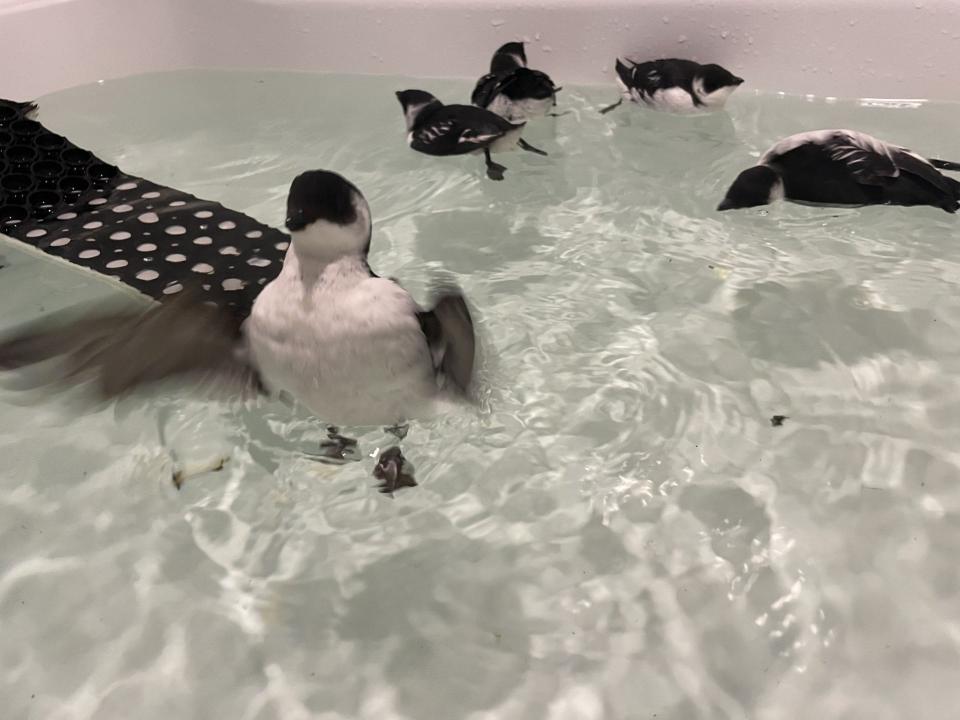
The Center for Wildlife purchased 8.42 acres in 2016 at the base of Mount Agamenticus adjacent to 16,000 acres of conservation land and trails.
According to Lamb, the final phase, expected to be complete in the summer of 2025, involves the construction of dozens of state-of-the-art outdoor wildlife enclosures to replace the old, existing ones on the York Water District’s former property.
For the first phase, which started in 2018, crews built a new, larger main building to run operations, house interns, and set up a room where guests may visit turtles, snakes, and other critters saved by the organization.
The second phase resulted in the construction of a new “village” for the center’s “wildlife ambassadors,” the hawks, owls, falcons, porcupines and others who are permanent residents on-site due to injuries they have suffered.
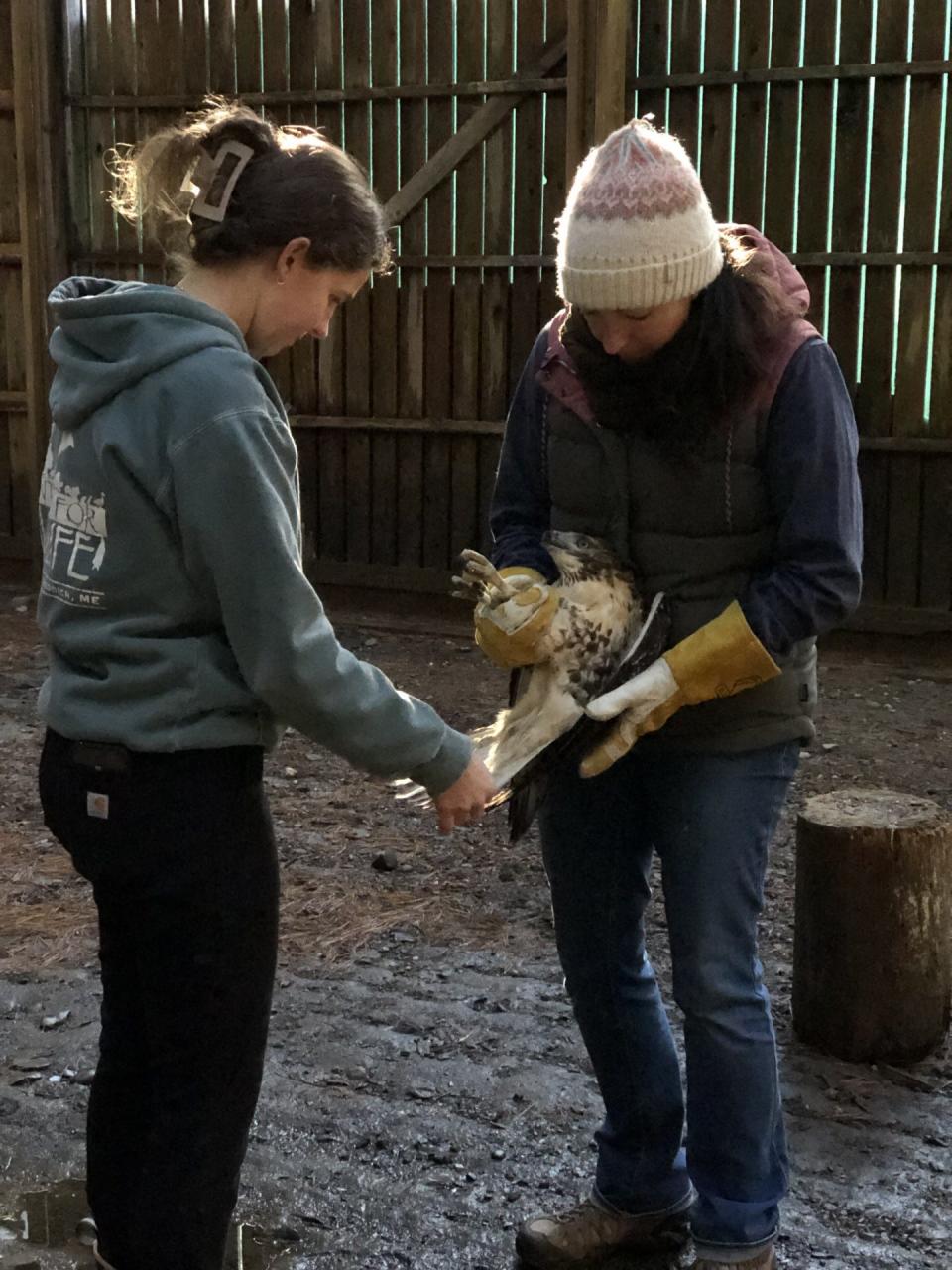
With even just its first two phases complete, the center is now a far cry from its origins. In 1986, the center operated out of sheds and a donated ranch house on the water district property. The organization remained there for 37 years, according to Lamb. Then, three years ago, the big move began.
The center’s Restore Our Nature Campaign aims to raise $650,000 to achieve its full, three-phase vision, Lamb said. Thanks to donors, the organization has raised nearly $185,000, enough to accomplish all it has done with the project so far.
Johnny’s Candy Corner: Meet the legend behind the popular York Beach shop
Why Center for Wildlife made push for expansion?
According to Lamb, the move to the current bigger operation in 2020 happened just in time. Demand and needs for services “far outpaced” what the organization was able to do at its original site. The organization reached a point in which it had to decide either to “scale up” or begin to partially suspend operations. The board of directors opted for expansion.
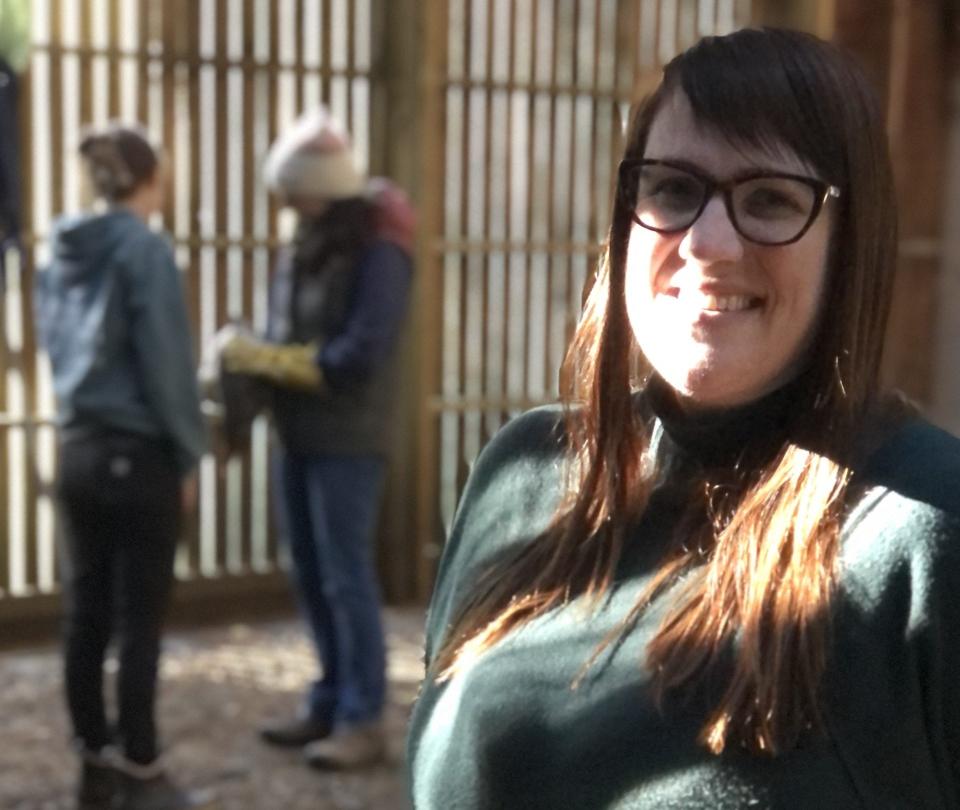
“The center was definitely facing a tipping point,” Lamb said. “We knew that we needed a massive expansion.”
There’s another reason why the expansion started at just the right time, according to Lamb: a highly pathogenic avian flu would occur just one year after the onset of the COVID-19 pandemic, and the Center for Wildlife would not have been able to help the 1,200 birds and 1,000 mammals, reptiles and amphibians that it treats each year.
In a recent press release, Mari O’Neil, the chair of the organization’s board, expressed appreciation for the donors who have gotten the expansion project to where it is thus far.
“We are immensely grateful to all the wonderful donors who have helped us reach where we are today,” O’Neil said. “As we look forward to the limitless possibilities for our center and the community, we aim to expand our reach and inspire people of all ages to appreciate the importance of nature and wildlife.”
Trash talk: How a public-private partnership could clean up Short Sands Beach in York
What does final phase of expansion include?
In addition to building new enclosures, phase 3 of the project also involves the organization completely restoring its former location to its natural habitat.
The current enclosures – and, once completed, the new and improved ones – are the last stop that injured or orphaned wild animals make before returning to the wild. The enclosures are built to mimic an animal’s natural habitat during the last stage of their rehabilitation.
“Just as humans need to rebuild muscle, wake up digestive systems, or recover in a safe environment from fractures, head or eye trauma, or other medical issues, wild animals need the same,” Lamb said.
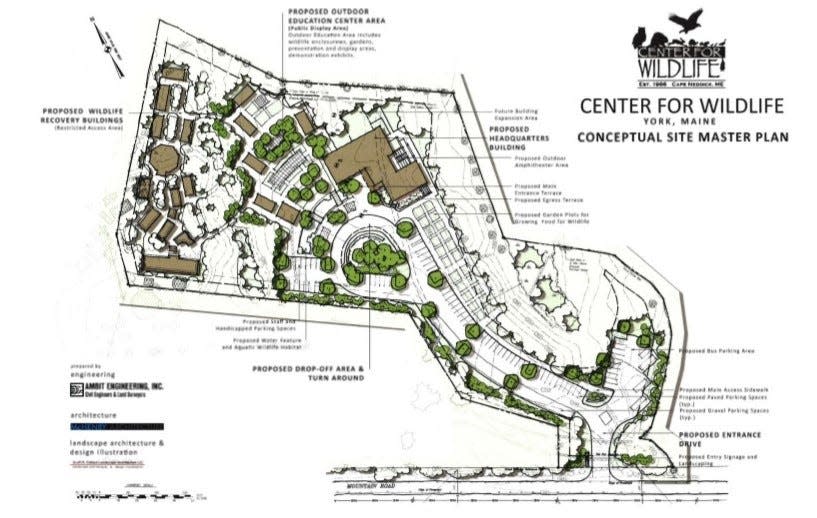
Most animals are brought to the center by residents and visitors who happen upon them after an accident or after determining that they’re not where they should be and need care, according to Lamb. One year, movie actor Christian Slater even brought an injured creature to the center while visiting the state.
Such animals are more connected to the welfare of humans than people realize, Lamb said. She added that such connections are tied to significant changes and challenges like extreme weather, emergent diseases, and land development.
“While we experience these challenges, alongside us are the wild animals that balance insect populations, bring us immense joy and wonder, plant our trees, and keep diseases at bay,” Lamb said. “Wildlife’s connection to our own well-being is often invisible, overlooked or taken for granted, yet they are there every day, lifting up our physical, mental and emotional well-being.”
More: Mount Agamenticus, York parks rules: Fines for dog mess, campfires, metal detectors
Center for Wildlife has cared for more than 78,000 creatures
The Center for Wildlife has cared for more than 78,000 creatures, spanning 190 different species, since opening in 1986.
Developments in recent years have allowed the organization to reach a number of goals, including expanding diagnostic equipment to enhance the care of animals as well as adding classrooms, conference space and an auditorium. They also welcome students for field trips offering hands-on exhibits.
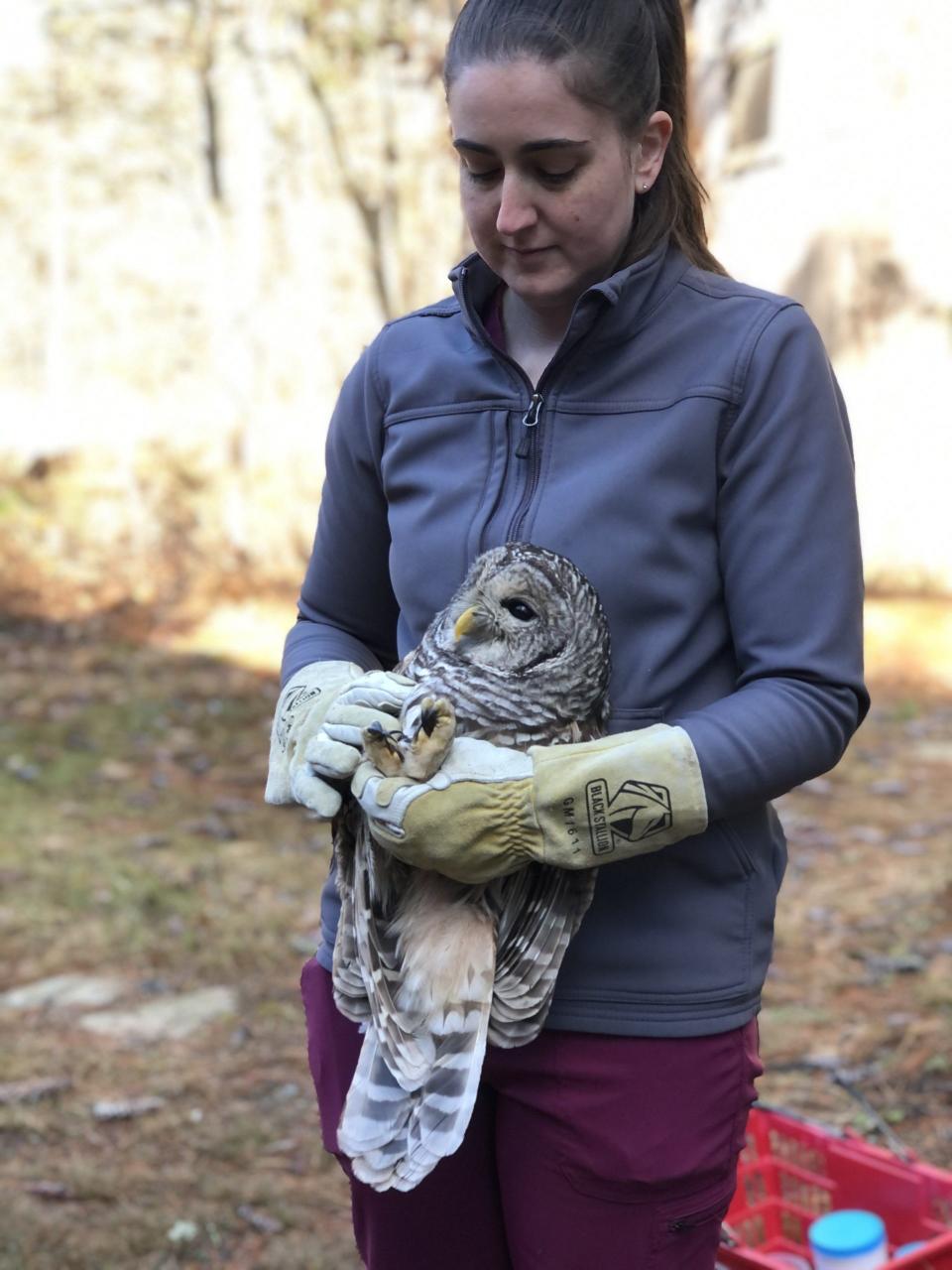
Financially, the center has seen a lot of change in recent years. In 2014, for example, the organization’s entire operating budget stood at around $350,000. Now, the annual budget is at $800,000, in conjunction with raising $4 million and managing a mortgage of $2 million a year.
“We are proud to have overcome historical shortcomings in the fundraising and administrative side of our operations,” Lambert said. “Despite political unrest, trade wars, a global pandemic, as well as being a field that receives only 1% of philanthropic giving annually, we were able to scale up our operations and remain open every day while completing our new $6.5 million facility.”
This article originally appeared on Portsmouth Herald: Center for Wildlife enters final phase of major expansion in Maine

